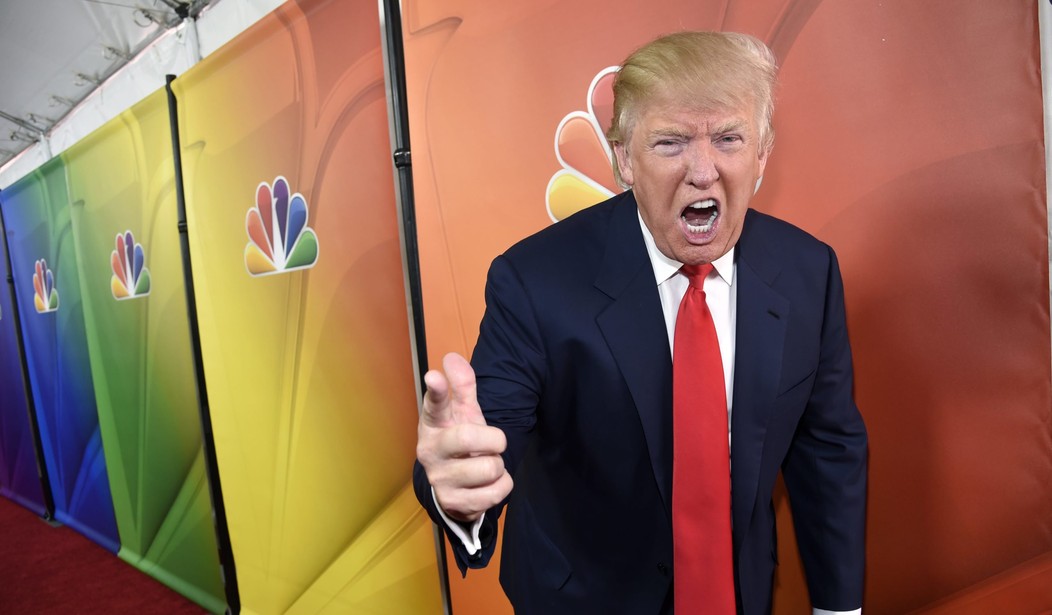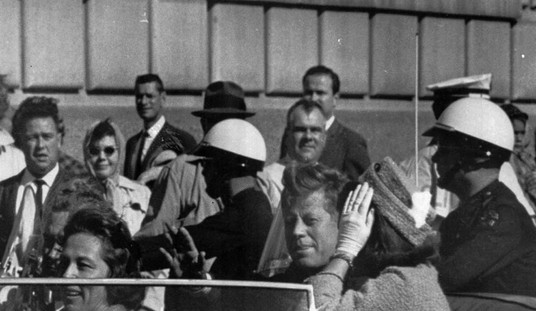One of the centerpieces of Donald Trump’s rhetoric is his claim that the United States spends far too much money defending allies who ought to be able to pay for their own defense.
Trump proposes either withdrawing troops from foreign bases or requiring those other countries to pay for their upkeep. As Ben Shapiro has pointed out recently in National Review, this is likely to be something Trump is serious about doing should he be elected. In particular, he has criticized NATO and called for its abolition or radical restructuring.
On the surface, Trump would seem to have a point.
NATO was brought into existence in 1949 in direct response to various Soviet acts of aggression following the defeat of Nazi Germany. These acts culminated in the Berlin Blockade of 1948, commonly considered the onset of the Cold War. When the French, British, and American zones of occupation were united to form the Federal Republic of Germany (popularly called “West Germany”) and the new country was admitted to NATO in 1954, the Soviets created the Warsaw Pact among their satellites in response. The two bristled at each other over the border between East and West Germany for the next 35 years.
With the collapse of the Warsaw Pact and the USSR in 1989-1991, NATO could be said to have done its job. Furthermore, whatever the situation in 1949 (when all the European members of the alliance had been utterly devastated by the late war and were economic basket cases, recipients of aid under the Marshall Plan), the nearly seventy years of peaceful development which have ensued since then have put them back on their feet.
So they would appear to be able to pay for their own defense.
When Trump first began fulminating on the subject, the Washington Post ran a fact check article which showed the facts to be more nuanced than Trump claims. NATO can be said to receive both direct and indirect funding. Direct funding is calculated on the basis of the GDP of each of the member nations, and is adjusted regularly. Currently, the United States pays roughly 22% of NATO’s direct budget (the next three largest contributors are Germany at about 15%, France at about 11%, and the UK at about 10%). All of the 28 member countries contribute something; no country is a complete freeloader.
Where Trump begins to have a point is in terms of indirect funding in the form of the defense budgets of those 28 member states.
In 2006, NATO established guidelines requiring members’ defense expenditures to be at least 2% of GDP. At present, the average is only 1.18%. The U.S. spends roughly 3.7% of GDP on defense, and only four other countries exceed the 2% guideline. However, the U.S. is the largest single member by far — and unlike most other member states, the U.S. defense budget includes a lot of expenditures that have nothing to do with Europe.
If there ever was an opportunity to shut down NATO, that time would have come in the early 1990s.
The Warsaw Pact and the USSR were gone. The jihadist threat had not yet emerged as a collective security problem; it was still largely localized in the Middle East. Most importantly, a resurgent Russia had not yet begun to assert itself.
Arguably, the end of the Cold War roughly coinciding with the creation of the European Union should have been the occasion for a new collective security arrangement.
Such an arrangement could have taken in Russia, the Baltic states, Belarus, Ukraine, Moldavia, and Georgia together with the former Soviet satellites — and have allowed the U.S. and Canada to leave. The basis for such a purely European defense effort could have been the West European Defence Organisation (of which the transatlantic powers are not members), which preceded NATO and is still formally in existence. Indeed, there was a French initiative to create such a joint force, but it never came to anything.
Why did it not happen?
Over the decades of its existence, NATO has become a sprawling bureaucracy employing thousands of civilians in addition to military staff. It is principally located in Belgium, Luxembourg, and the Netherlands, three of the smaller members, where it is a major employer. In addition to the direct employees, there are also 200 or so American military facilities in European countries (most of them in Germany and Italy) which also employ thousands of local civilians in various capacities.
Thus, winding up NATO — and especially closing all the American bases — would be a major blow to employment in the host countries.
With the close of the Cold War, NATO became an organization in search of a mission. It is significant that the first actual NATO military operations since its founding took place in 1990-1991 (Operations Ace Guard and Anchor Guard) in response not to any direct threat to Europe, but to Iraq’s invasion of Kuwait.
These were followed closely by the interventions in the Balkans when Yugoslavia broke up in 1992 (the Bosnian War) and 1999 (Kosovo). Later, the cataclysmic attacks of 9/11 provided a pretext for NATO to become involved in Afghanistan and (again) Iraq, and now we are where we are today.
In the meantime, the former Soviet satellites as well as the newly independent former Soviet republics of eastern Europe — out of a reasonable fear — clamored to join NATO as insurance against a possibly resurgent Russia. Since Russia herself was not invited to join, this in turn served to awaken Russian paranoia (never far from the surface) at what they saw as a hostile force. That force was once held at bay thousands of kilometers away by the buffer states of the Warsaw Pact, but was now distressingly closer to the motherland.
The result has been a self-fulfilling prophecy. Russia’s use of ethnic tensions — especially with Russian-speaking minorities in the former Soviet republics — as an excuse for interference and intervention (particularly in Georgia and the Ukraine) justified the former satellites’ fears.
Between the asymmetric warfare being waged against NATO members by the various jihadi groups and a resurgent Russian threat in the East, the opportunity to end NATO has passed. Indeed, NATO has acquired new relevance.
Some tweaking surely ought to be done. If nothing else, the 2006 guidelines should be enforced before any new members are accepted. But for the foreseeable future, the old alliance is here to stay.









Join the conversation as a VIP Member